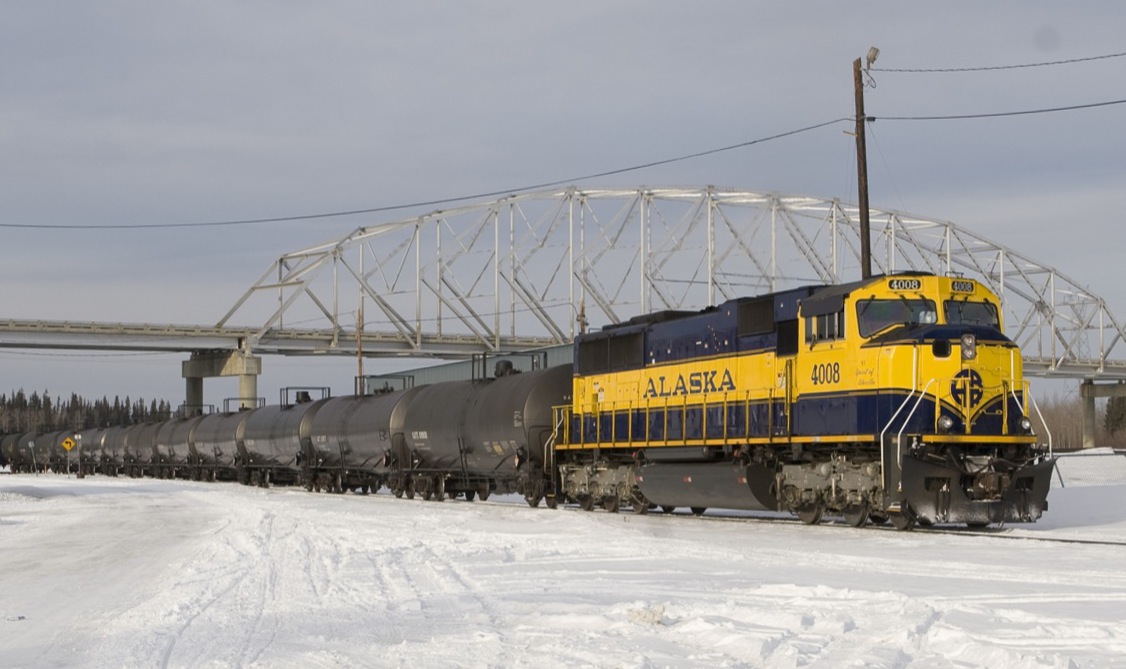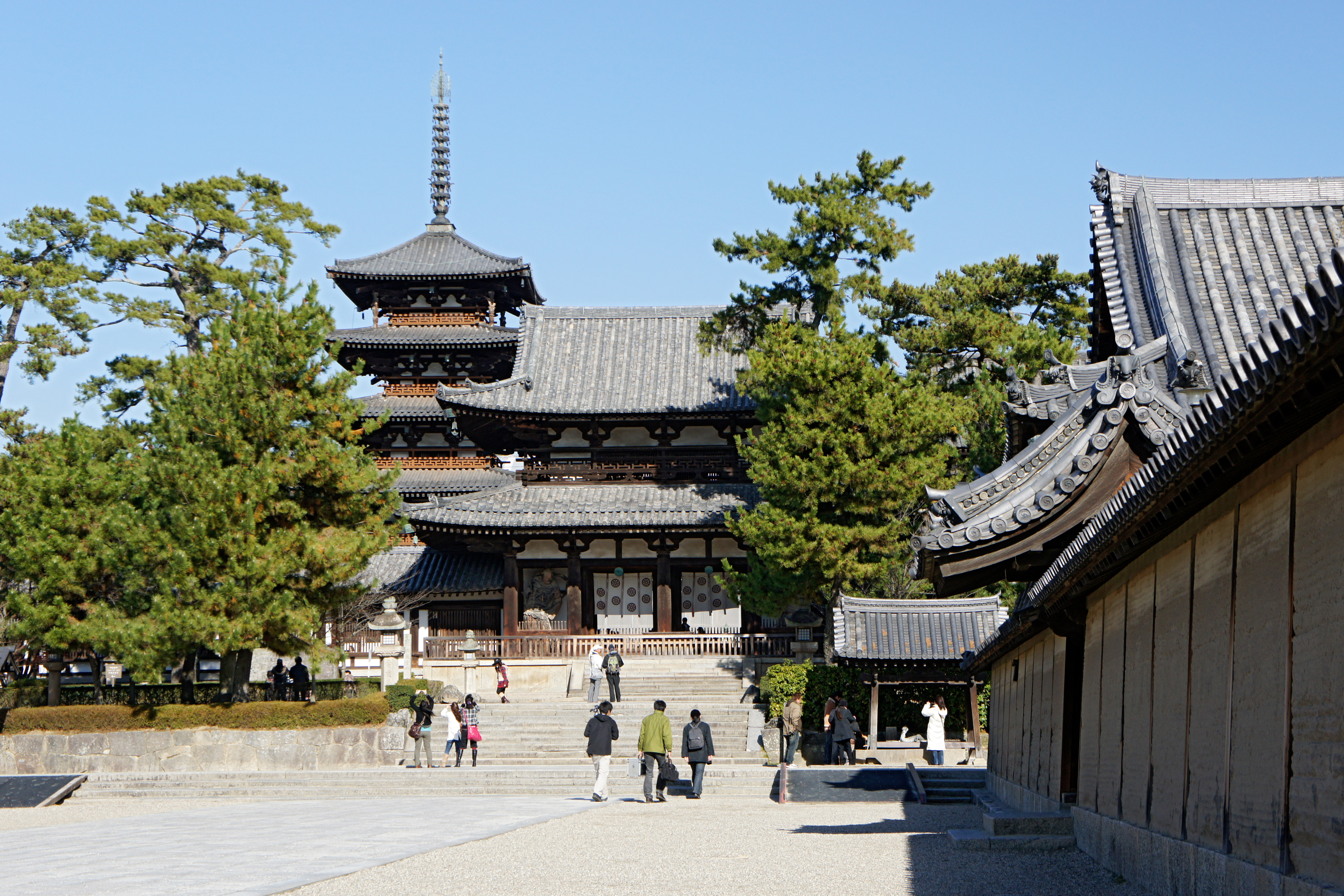|
Nijōzan Station
is a passenger railway station located in the city of Kashiba, Nara Prefecture, Japan. It is operated by the private transportation company, Kintetsu Railway. Line Nijōzan Station is served by the Minami Osaka Line and is 27.3 kilometers from the starting point of the line at . Layout The station is an above-ground station with two opposed side platform A side platform (also known as a marginal platform or a single-face platform) is a platform positioned to the side of one or more railway tracks or guideways at a railway station, tram stop, or transitway. A station having dual side platforms, ...s and two tracks. Both the ticket gates and concourse are at ground level. The entrance and exit is at platform 1, and a level crossing connects to platform 2 on the opposite side. The effective length of the platform is long enough for four cars. The station is staffed. Platforms History Nijōzan Station was opened 29 March 1929 as a station on the Osaka Railway. It became ... [...More Info...] [...Related Items...] OR: [Wikipedia] [Google] [Baidu] |
Kintetsu Railway
, referred to as and officially Kinki-Nippon Railway, is a Japanese passenger railway company, managing infrastructure and operating passenger train service. Its railway system is the largest in Japan, excluding Japan Railways Group. The railway network connects Osaka, Nara, Nara, Nara, Kyoto, Nagoya, Tsu, Mie, Tsu, Ise, Mie, Ise, and Yoshino, Nara, Yoshino. Kintetsu Railway Co., Ltd. is a wholly owned subsidiary of Kintetsu Group Holdings Co., Ltd. History On September 16, 1910, was founded and renamed a month after. Osaka Electric Tramway completed Ikoma Tunnel and started operating a line between Osaka and Nara (present-day Nara Line (Kintetsu), Nara Line) on April 30, 1914. The modern Kashihara, Osaka, and Shigi lines were completed in the 1920s, followed by the Kyoto Line (a cooperative venture with Keihan Electric Railway). Daiki founded in 1927, which consolidated on September 15, 1936. In 1938, Daiki teamed up with its subsidiary to operate the first private rail ... [...More Info...] [...Related Items...] OR: [Wikipedia] [Google] [Baidu] |
Commuter Rail
Commuter rail or suburban rail is a Passenger train, passenger rail service that primarily operates within a metropolitan area, connecting Commuting, commuters to a Central business district, central city from adjacent suburbs or commuter towns. Commuter rail systems can use locomotive-hauled trains or multiple units, using electric or diesel propulsion. Distance charges or zone pricing may be used. The term can refer to systems with a wide variety of different features and service frequencies, but is often used in contrast to rapid transit or light rail. Some services share similarities with both commuter rail and high-frequency rapid transit; examples include German S-Bahn in some cities, the Réseau Express Régional (RER) in Paris, the Milan S Lines, S Lines in Milan, many Japanese commuter systems, the East Rail line in Hong Kong, and some Australasian suburban networks, such as Sydney Trains. Many commuter rail systems share tracks with other passenger services and Cargo ... [...More Info...] [...Related Items...] OR: [Wikipedia] [Google] [Baidu] |
Minami Osaka Line
is a railway line operated by Kintetsu Railway. It runs between in Osaka and in Kashihara, Nara Prefecture. The line connects Osaka to southern part of the Nara Basin, running through Osaka's southern suburb cities of Matsubara, Fujiidera and Habikino in Osaka Prefecture, and Katsuragi and Yamato-Takada in Nara Prefecture. Via the Yoshino Line, it also provides access to the Yoshino refuge of Emperor Godaigo, a popular tourist destination, especially during the spring. The line and its network of branch lines use narrow gauge tracks, the only lines in the Kintetsu network with this gauge. Other Kintetsu lines use standard gauge. History The first section of the line opened in 1898 between Kashiwara Station and Furuichi Station by . The next year took over the line, before renaming itself . The railway then constructed its own access line to Osaka center, completed in 1923 and electrified at 1,500 V DC, then the highest voltage in Japan. An extension to Nara Prefectu ... [...More Info...] [...Related Items...] OR: [Wikipedia] [Google] [Baidu] |
Railway Station
Rail transport (also known as train transport) is a means of transport using wheeled vehicles running in railway track, tracks, which usually consist of two parallel steel railway track, rails. Rail transport is one of the two primary means of land transport, next to road transport. It is used for about 8% of passenger and rail freight transport, freight transport globally, thanks to its Energy efficiency in transport, energy efficiency and potentially high-speed rail, high speed.Rolling stock on rails generally encounters lower friction, frictional resistance than rubber-tyred road vehicles, allowing rail cars to be coupled into longer trains. Power is usually provided by Diesel locomotive, diesel or Electric locomotive, electric locomotives. While railway transport is capital intensity, capital-intensive and less flexible than road transport, it can carry heavy loads of passengers and cargo with greater energy efficiency and safety. Precursors of railways driven by human or an ... [...More Info...] [...Related Items...] OR: [Wikipedia] [Google] [Baidu] |
Kashiba, Nara
280px, Kashima Jinja in Kashiba is a city located in Nara Prefecture, Japan. , the city had an estimated population of 78,357 in 33199 households, and a population density of 3200 persons per km2. The total area of the city is . Geography Kashiba is located at the western edge of the Nara Basin. The city spreads out over an alluvial fan at the eastern foot of Mount Nijō. It borders Osaka Prefecture and has developed as a residential area near Osaka Surrounding municipalities Nara Prefecture * Yamatotakada * Katsuragi * Ōji * Kanmaki * Kōryō Osaka Prefecture * Habikino * Kashiwara * Taishi Climate Kashiba has a humid subtropical climate (Köppen ''Cfa'') characterized by warm summers and cool winters with light to no snowfall. The average annual temperature in Kashiba is 14.2 °C. The average annual rainfall is 1636 mm with September as the wettest month. The temperatures are highest on average in August, at around 26.4 °C, and lowest in January, at a ... [...More Info...] [...Related Items...] OR: [Wikipedia] [Google] [Baidu] |
Nara Prefecture
is a Prefectures of Japan, prefecture of Japan located in the Kansai region of Honshu. Nara Prefecture has a population of 1,321,805 and has a geographic area of . Nara Prefecture borders Kyoto Prefecture to the north, Osaka Prefecture to the northwest, Wakayama Prefecture to the southwest, and Mie Prefecture to the east. Nara (city), Nara is the capital and largest city of Nara Prefecture, with other major cities including Kashihara, Nara, Kashihara, Ikoma, Nara, Ikoma, and Yamatokōriyama. Nara Prefecture is located in the center of the Kii Peninsula on Japan's Pacific Ocean coast, and is one of only eight landlocked prefectures. Nara Prefecture has the distinction of having more UNESCO World Heritage listings than any other prefecture in Japan. History The Nara Prefecture region is considered one of the oldest regions in Japan, having been in existence for thousands of years, and is widely viewed as the Japanese cradle of civilization. Like Kyoto, Nara was one of Imperial ... [...More Info...] [...Related Items...] OR: [Wikipedia] [Google] [Baidu] |
Side Platform
A side platform (also known as a marginal platform or a single-face platform) is a platform positioned to the side of one or more railway tracks or guideways at a railway station, tram stop, or transitway. A station having dual side platforms, one for each direction of travel, is the basic design used for double-track railway lines (as opposed to, for instance, the island platform where a single platform lies between the tracks). Side platforms may result in a wider overall footprint for the station compared with an island platform, where a single width of platform can be shared by riders using either track. In some stations, the two side platforms are connected by a footbridge or tunnel to allow safe access to the alternate platform. While a pair of side platforms is often provided on a dual-track line, a single side platform is usually sufficient (trains are usually only boarded from one side) for a single-track line. Layout Where the station is close to a level crossing (g ... [...More Info...] [...Related Items...] OR: [Wikipedia] [Google] [Baidu] |
Nijō Station (Nara)
is a passenger railway station located in the city of Kashiba, Nara Prefecture, Japan. It is operated by the private transportation company, Kintetsu Railway. Line Nijō Station is served by the Osaka Line and is 24.1 kilometers from the starting point of the line at . Layout The station is an above-ground station with two opposed side platform A side platform (also known as a marginal platform or a single-face platform) is a platform positioned to the side of one or more railway tracks or guideways at a railway station, tram stop, or transitway. A station having dual side platforms, ...s and two tracksThe ticket gates and concourses are underground, and the platforms are above ground. The effective length of the platform is six cars. The station is unattended. Platforms History Nijō Station was opened 1 July 1927 as a station on the Osaka Electric Tramway Yagi Line. It became a Kansai Express Railway station due to a company merger with Sangu Express Railway on 15 ... [...More Info...] [...Related Items...] OR: [Wikipedia] [Google] [Baidu] |
Railway Stations In Japan Opened In 1929
Rail transport (also known as train transport) is a means of transport using wheeled vehicles running in railway track, tracks, which usually consist of two parallel steel railway track, rails. Rail transport is one of the two primary means of land transport, next to road transport. It is used for about 8% of passenger and rail freight transport, freight transport globally, thanks to its Energy efficiency in transport, energy efficiency and potentially high-speed rail, high speed.Rolling stock on rails generally encounters lower friction, frictional resistance than rubber-tyred road vehicles, allowing rail cars to be coupled into longer trains. Power is usually provided by Diesel locomotive, diesel or Electric locomotive, electric locomotives. While railway transport is capital intensity, capital-intensive and less flexible than road transport, it can carry heavy loads of passengers and cargo with greater energy efficiency and safety. Precursors of railways driven by human or an ... [...More Info...] [...Related Items...] OR: [Wikipedia] [Google] [Baidu] |
Railway Stations In Nara Prefecture
Rail transport (also known as train transport) is a means of transport using wheeled vehicles running in tracks, which usually consist of two parallel steel rails. Rail transport is one of the two primary means of land transport, next to road transport. It is used for about 8% of passenger and freight transport globally, thanks to its energy efficiency and potentially high speed.Rolling stock on rails generally encounters lower frictional resistance than rubber-tyred road vehicles, allowing rail cars to be coupled into longer trains. Power is usually provided by diesel or electric locomotives. While railway transport is capital-intensive and less flexible than road transport, it can carry heavy loads of passengers and cargo with greater energy efficiency and safety. Precursors of railways driven by human or animal power have existed since antiquity, but modern rail transport began with the invention of the steam locomotive in the United Kingdom at the beginning of the 19th c ... [...More Info...] [...Related Items...] OR: [Wikipedia] [Google] [Baidu] |





